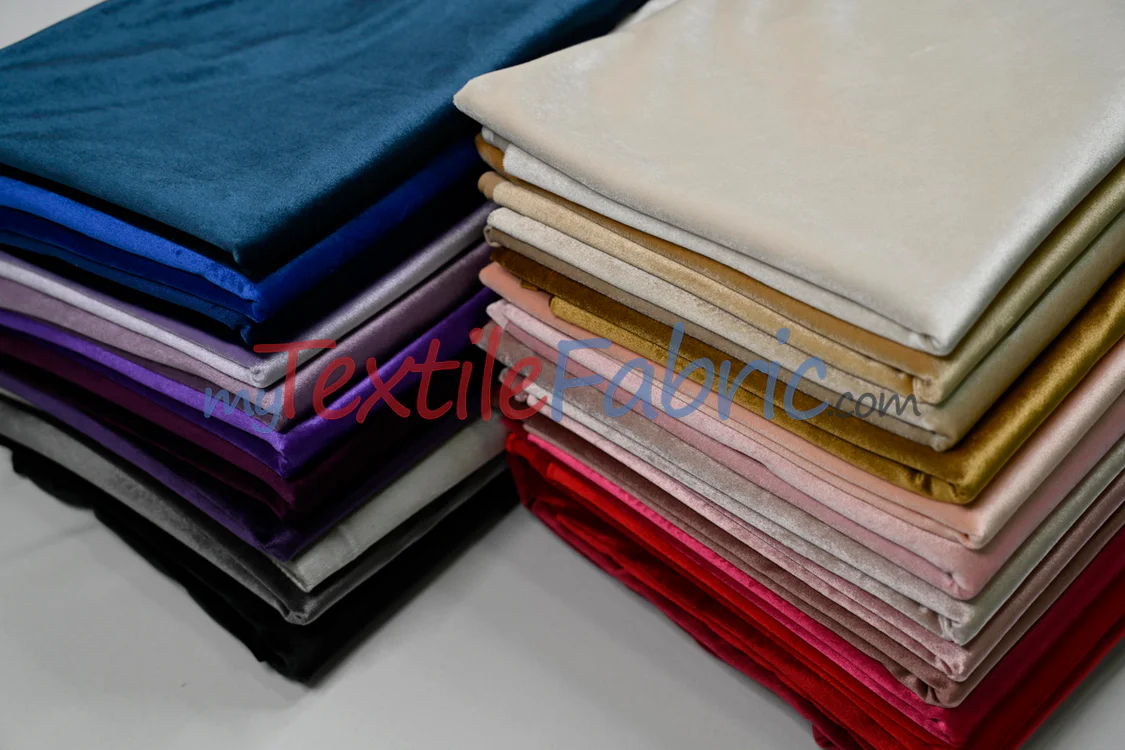
Velvet brings an instant touch of luxury. It’s soft, elegant, and catches the light in a way few other fabrics can. But before you go all-in on velvet furniture, it’s smart to know what you’re signing up for. Whether you’re reupholstering a vintage armchair or shopping for your next statement sofa, here’s what you should keep in mind when it comes to velvet upholstery.
What Is Velvet, Really?
Velvet isn’t a type of fiber—it’s a type of weave. That’s right. Velvet can be made from all sorts of materials like cotton, polyester, silk, or rayon. What makes it “velvet” is the way the threads are woven to create that short, dense pile.
This pile is what gives velvet fabric its signature sheen and soft texture. The way light reflects off it can make the color look slightly different depending on the angle. That’s part of the charm.
Why People Love Velvet for Upholstery
Velvet has serious style points. It’s bold but not loud, rich but not over-the-top. It instantly elevates the vibe of a space. Here’s why it keeps showing up in living rooms, lounges, and even offices:
- It looks high-end – Even the most affordable velvet can pass for luxury.
- It feels amazing – You can’t help but run your hand over it.
- It holds color beautifully – The dye soaks into the fibers in a way that makes hues look deep and saturated.
Is Velvet Durable Enough for Everyday Use?
You might be surprised, but yes—velvet can be durable. However, it depends on what it’s made of. Synthetic velvets like polyester blends tend to hold up better to wear and tear compared to silk or cotton velvet. That’s why a lot of people turn to velvet material by the yard made from poly or microfiber for upholstery projects.
If you’ve got pets, kids, or just a lot of traffic in your living space, look for performance velvet. It’s treated to resist stains, marks, and pressure from heavy use. Just don’t expect it to stay flawless forever—velvet will always show a bit of age, and that’s part of its charm.
Things to Consider Before Choosing Velvet Upholstery
Velvet isn’t one-size-fits-all. Here are a few things you should think about before making the leap:
1. Pile Direction Matters
The pile is the direction in which the fibers lie. It affects both the feel and the appearance. Run your hand across the fabric, and you’ll notice it looks darker or lighter depending on the direction. When upholstering, make sure all the velvet runs in the same direction. Otherwise, you’ll end up with panels that look mismatched—even if they’re the same fabric.
2. Color Plays a Big Role
Velvet reflects light in a dramatic way. A navy blue can look black in dim light and bright blue under sunlight. Test out fabric swatches in the space where your furniture will go. Look at it during the day and at night. Trust us, it makes a difference.
3. Cleaning Isn’t Always Easy
Velvet requires a little extra TLC. Liquids can soak into the pile quickly, so blot—don’t rub—any spills right away. Most modern velvet fabric comes with cleaning codes. Some are spot-clean only, while others can handle a gentle steam clean. Always check before scrubbing or using a cleaner.
4. It Shows Pressure Marks
Ever notice how velvet seems to get “crushed” when you sit on it? That’s just the pile shifting direction. These marks are called pressure or bruise marks, and they’re totally normal. You can usually lift them by steaming the area lightly and brushing it with a soft cloth.
Where to Find Quality Velvet Upholstery Fabric
If you’re planning a DIY project or working with a local upholsterer, you’ll want to look for velvet material by the yard. Buying by the yard gives you more control over the quantity and often saves money compared to pre-made furniture.
Online fabric shops and upholstery suppliers carry a wide range of velvet options—everything from cotton velvet to high-performance synthetics. Look for fabric that’s rated for upholstery use. Lightweight velvet used for clothing won’t hold up well on a chair or couch.
Pro tip: Order a few swatches before committing. Feel the texture, check the stretch, and test the color in your lighting.
Styling Tips for Velvet Upholstered Pieces
Velvet is already a statement. You don’t need much to make it pop. Here’s how to make it work in your space:
- Go bold with color – Jewel tones like emerald, sapphire, and ruby look amazing in velvet.
- Pair it with contrast – Mix velvet with rough textures like wood or metal for balance.
- Keep shapes simple – Velvet shines on clean lines and minimalist silhouettes.
Final Thoughts
Velvet upholstery isn’t just about looks—it’s about feel, function, and personality. While it does need a little more care than your average fabric, the payoff is huge. It turns furniture into focal points, and everyday spaces into something special.
Whether you’re choosing a readymade couch or working with velvet material by the yard to reupholster an old favorite, knowing what to expect will help you get the best out of this timeless textile. Velvet isn’t for everyone, but for those who love it—it’s love at first touch.